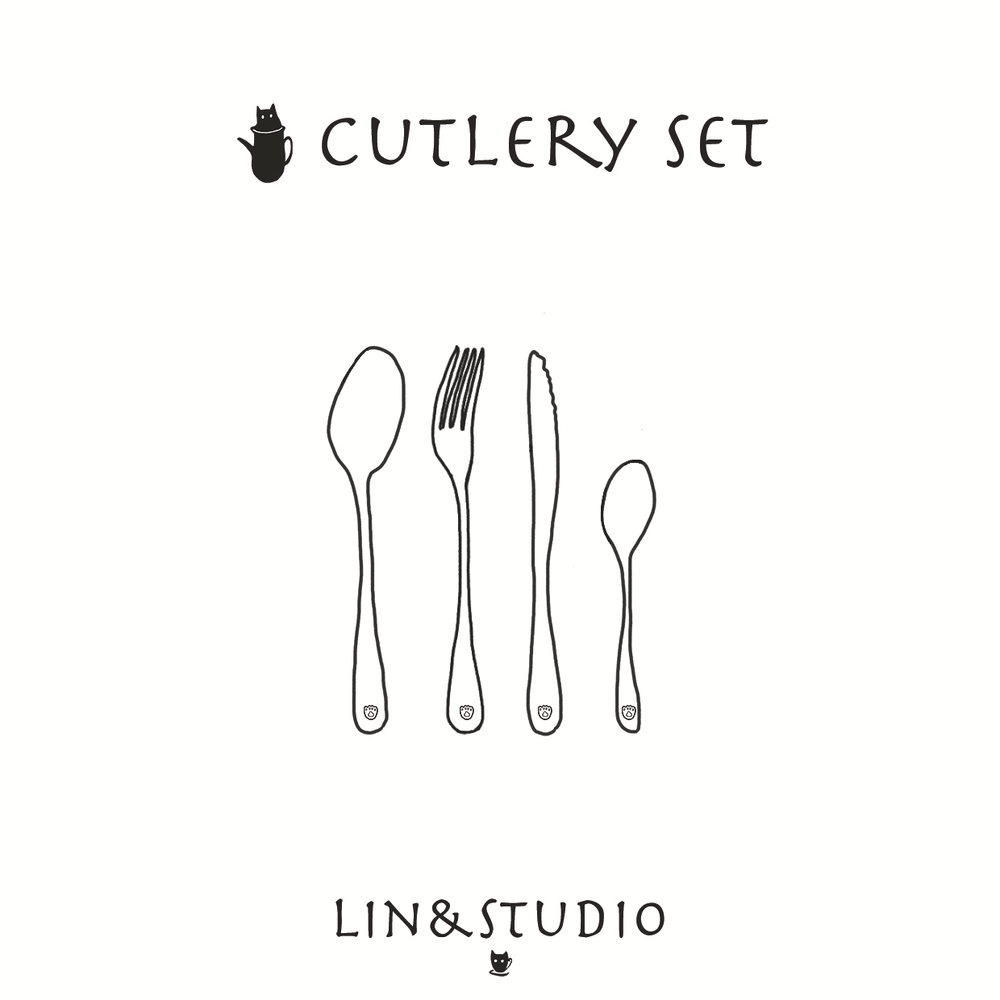
# The Evolution of Cutlery: From Ancient Tools to Modern Dining Essentials
## Introduction
Cutlery, the tools we use to prepare, serve, and consume food, has a rich and fascinating history. From the earliest sharpened stones to the sleek stainless steel utensils of today, cutlery has evolved alongside human civilization, reflecting changes in technology, culture, and dining etiquette.
## The Origins of Cutlery
The story of cutlery begins with our prehistoric ancestors. Early humans used sharpened stones and bones as tools for cutting and preparing food. These primitive implements were essential for survival, allowing our ancestors to process meat, fruits, and vegetables.
As human societies developed, so did their tools. The Bronze Age (around 3300-1200 BCE) saw the emergence of metal knives, which were sharper and more durable than their stone counterparts. These early knives served multiple purposes, from food preparation to hunting and self-defense.
## The Middle Ages: A Time of Change
During the Middle Ages, cutlery began to take on a more specialized role. Knives remained the primary utensil, but forks started to appear in some parts of Europe, particularly in Italy. These early forks were two-pronged and primarily used for serving rather than eating.
The use of individual knives at the dining table became more common, and the concept of personal cutlery began to emerge. However, most people still relied on their hands or shared utensils when eating.
## The Renaissance and Beyond
The Renaissance period marked a significant shift in dining etiquette and cutlery design. Forks became more widely accepted, and the three-pronged design we recognize today began to take shape. Spoons, which had been used since ancient times, became more refined and specialized for different courses.
The 18th and 19th centuries saw the industrialization of cutlery production. Mass manufacturing techniques allowed for the creation of standardized, affordable utensils. This period also saw the introduction of stainless steel, which revolutionized cutlery with its durability and resistance to rust.
## Modern Cutlery: Function Meets Design
Today, cutlery is an essential part of dining culture worldwide. Modern utensils are designed with both functionality and aesthetics in mind. From ergonomic handles to specialized utensils for different cuisines, cutlery has become a sophisticated tool that enhances our dining experience.
The materials used in cutlery have also diversified, with options ranging from traditional stainless steel to titanium, plastic, and even eco-friendly bamboo. Designers continue to innovate, creating utensils that are not only practical but also works of art.
## The Future of Cutlery
As we look to the future, cutlery continues to evolve. Smart utensils with embedded technology, such as temperature sensors or nutritional trackers, are becoming a reality. Sustainability is also a growing concern, leading to the development of biodegradable and reusable options.
Despite these advancements, the fundamental purpose of cutlery remains the same: to help us prepare and enjoy our meals. As our dining habits and technologies change, so too will our utensils, continuing the fascinating evolution that began with those first sharpened stones so many millennia ago.
Keyword: cutlery